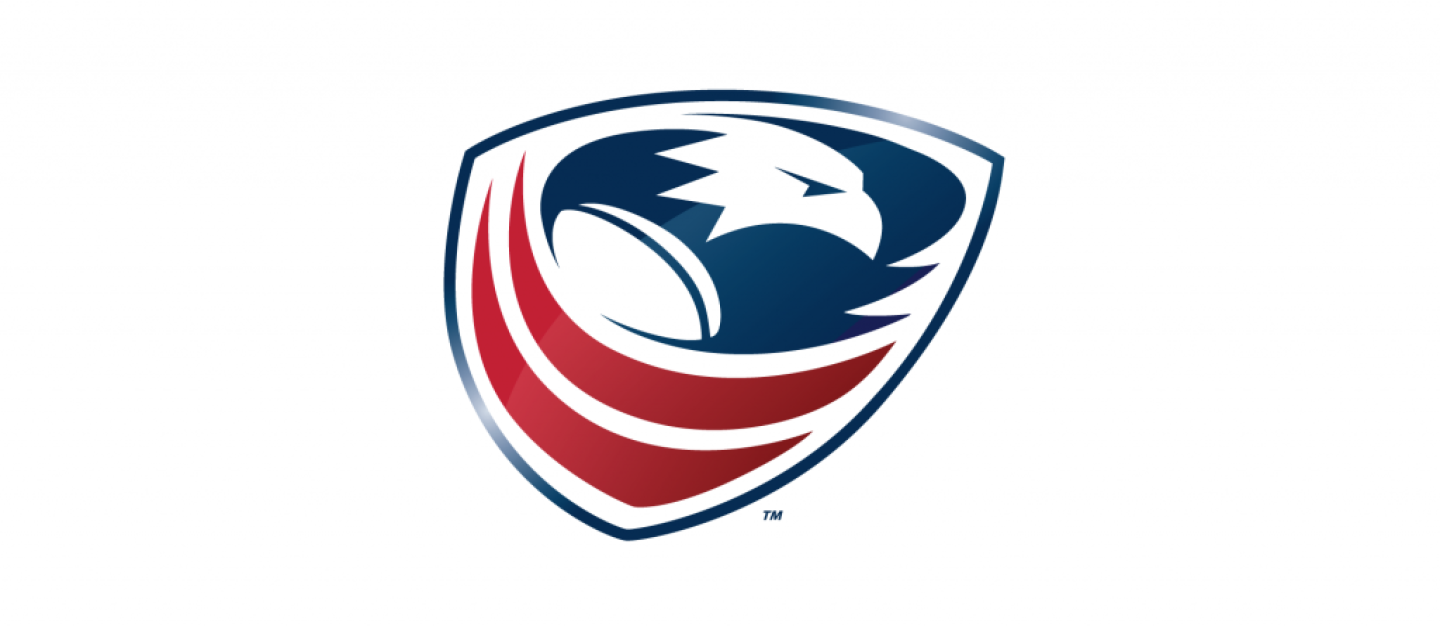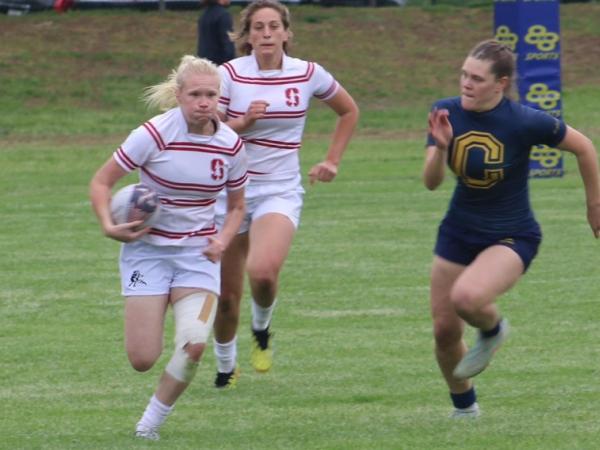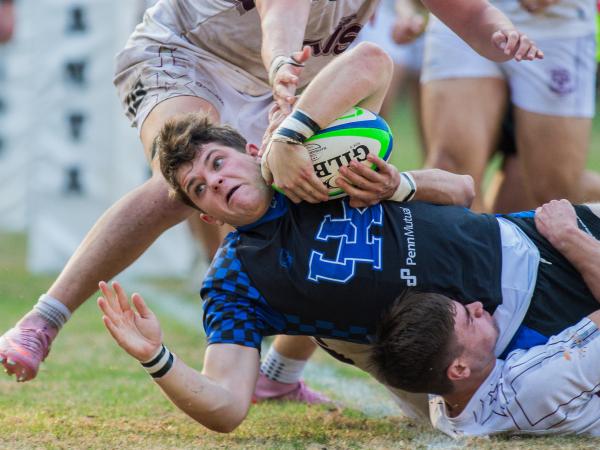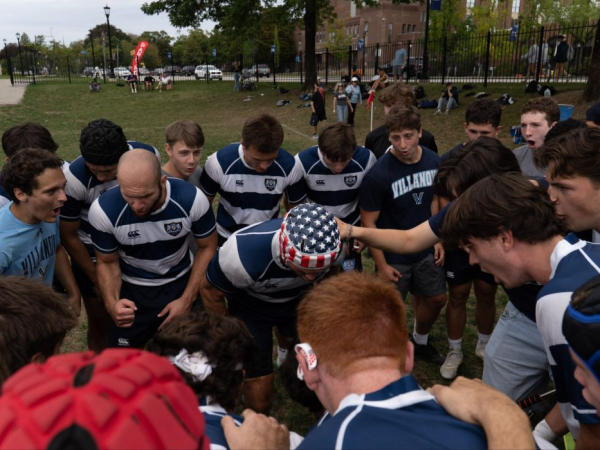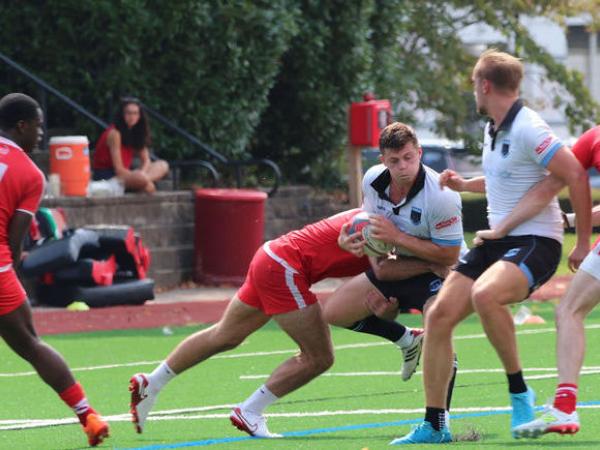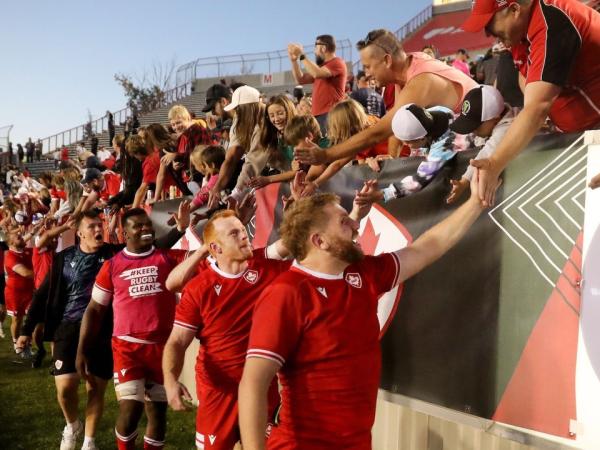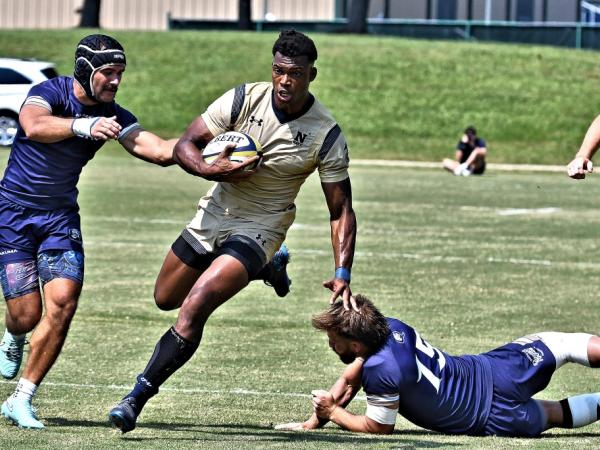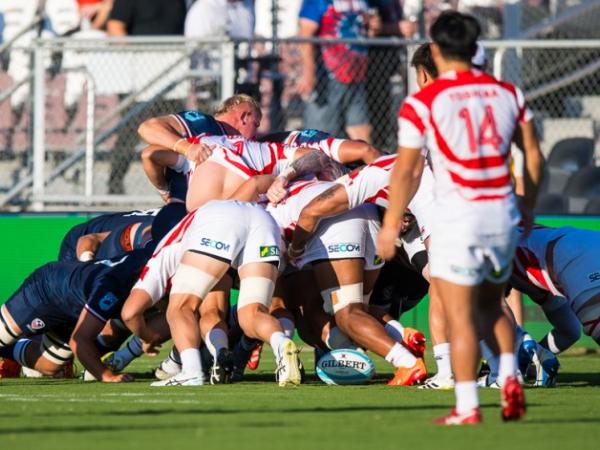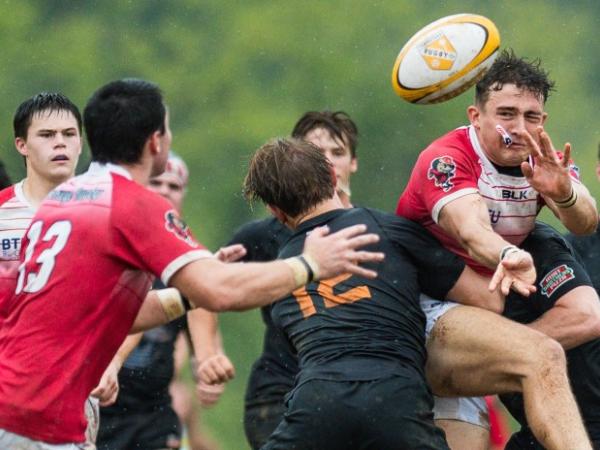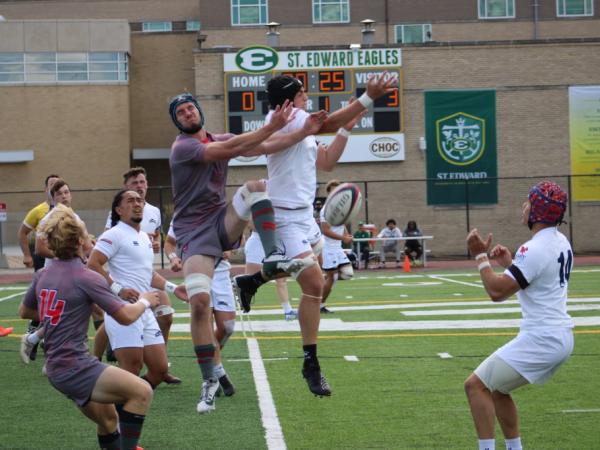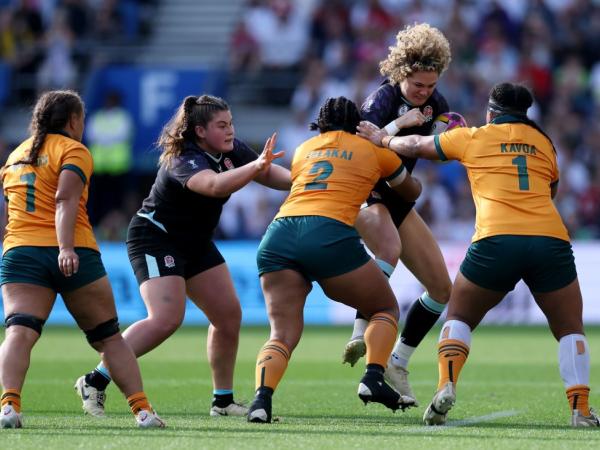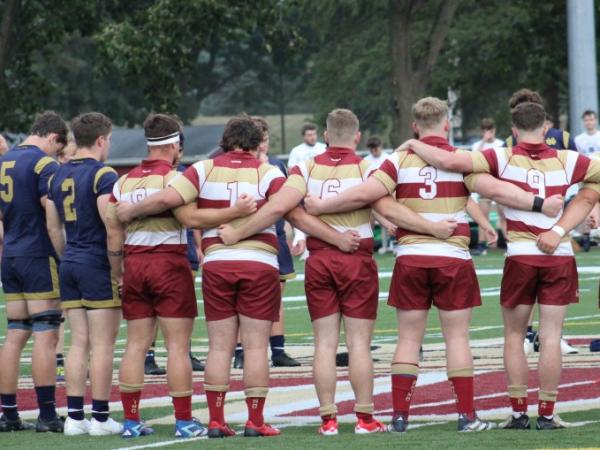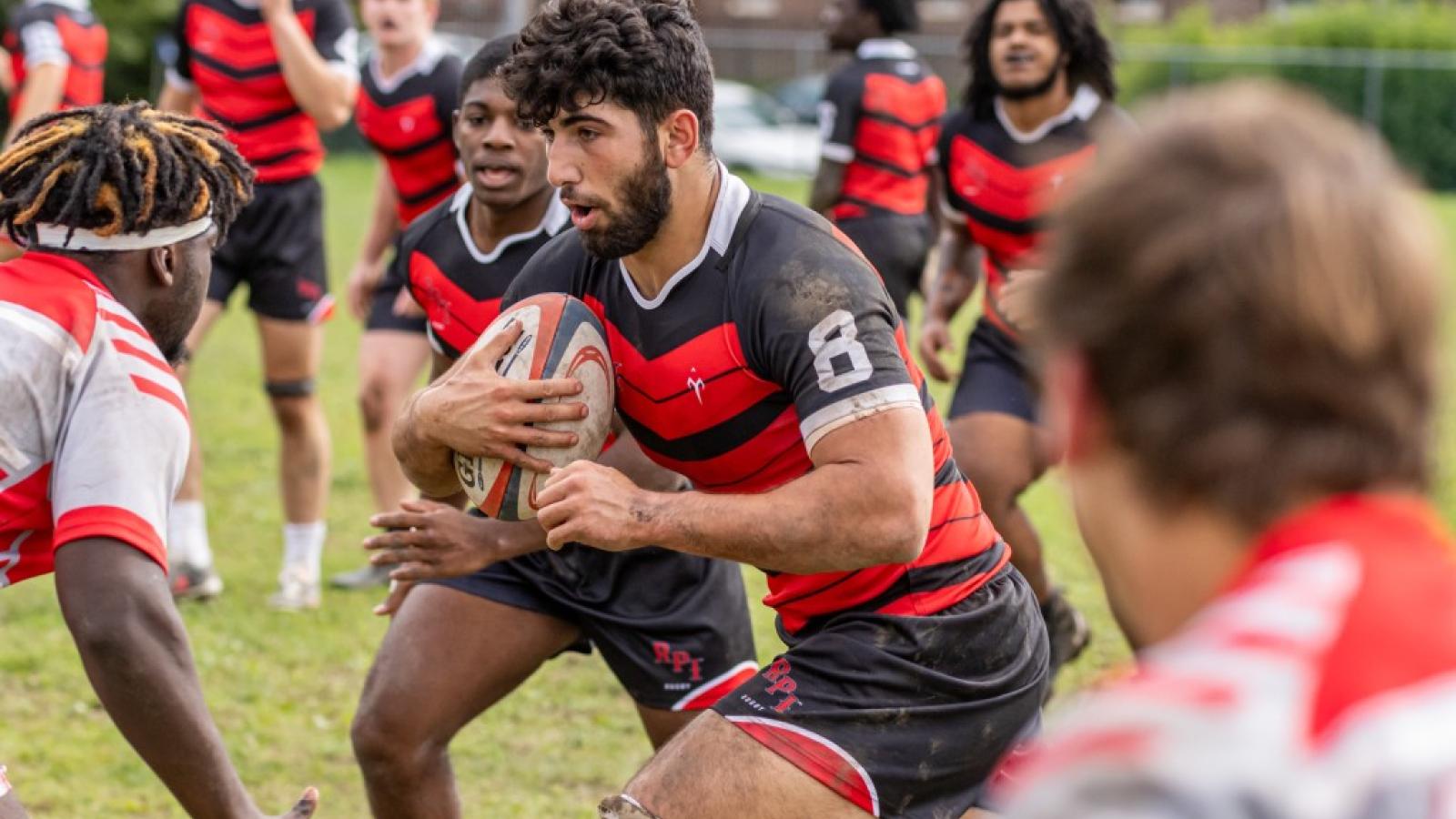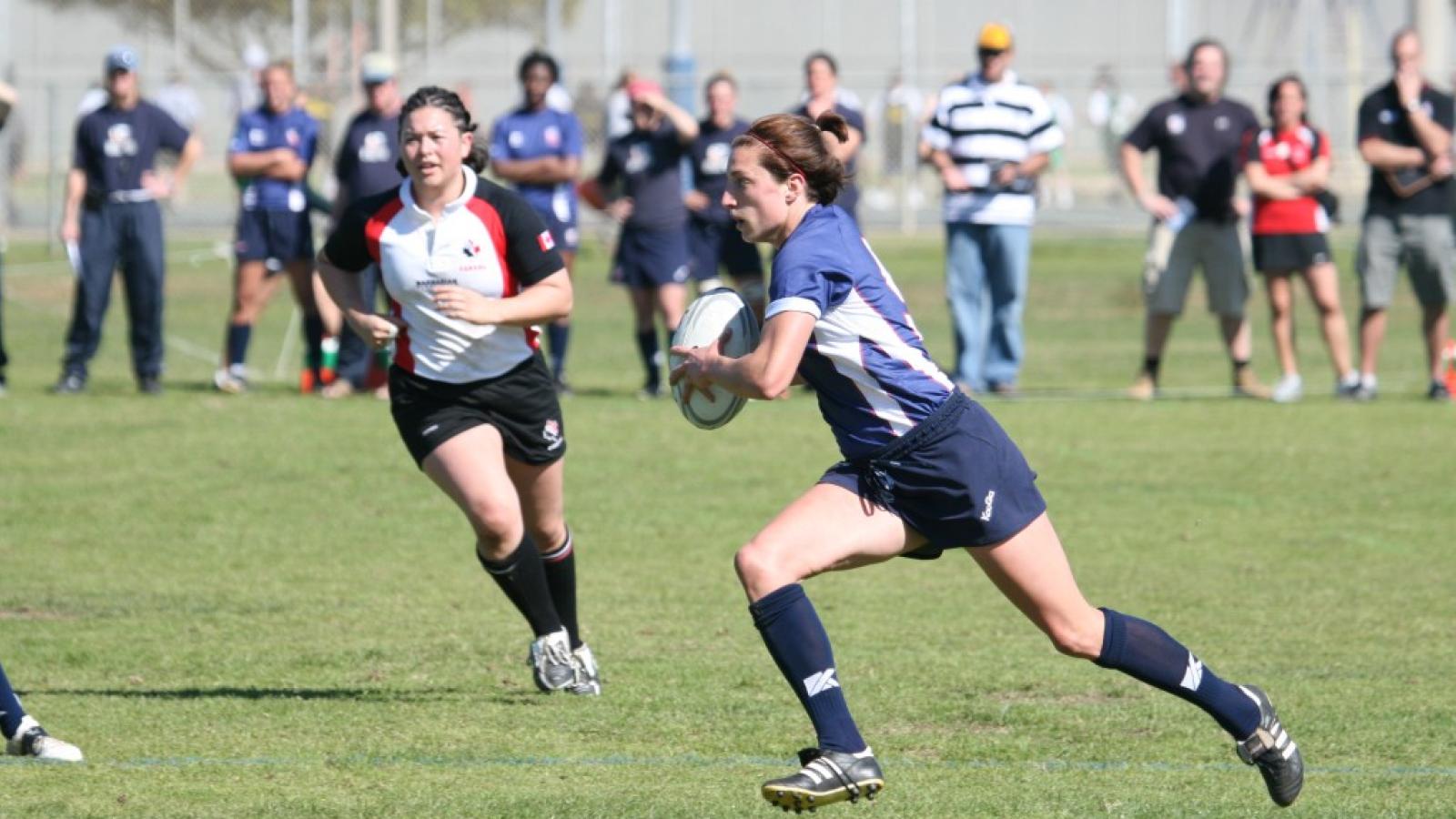On November 27 USA Rugby took the unusual step of announcing information on its 2019 financial state while the fiscal year is still in progress.
This was likely at least partially in response to various discussions within the game, and requests for interviews (GRR has one, response pending) about the organization’s financial health.
USA Rugby recently released its audited financial statement for 2018. That statement is very detailed, but here are some key highlights:
The Upshot
- In 2018 USA Rugby lost over $4 million.
- Hosting the Rugby World Cup 7s officially lost the organization about $750,000, but the loss may well be more as certain expenditures not attributed to the RWC 7s, such as Branding & Signage, and Facility & Equipment Rental rose significantly from 2017 (those two expenditures combined rose from $508,000 in 2017 to just under $4 million in 2018).
- Lodging, meals, & travel for the RWC 7s cost $4.9 million. We haven’t seen that broken down but that certainly seems to be one of the biggest line items, and likely one of the areas where costs can get out of control.
- Membership dues rose only 3.7% from 2017 to 2018.
- Costs for the Men’s Senior National Team rose 44% to just over $4 million, but that was somewhat offset by an increase in High Performance grants of about $800,000 and in event revenue outside of the Rugby World Cup of about $650,000. (Revenue from HP grants and event revenue was $4.1 million in 2017, and $5.5 million in 2018.)
- The loss of money in hosting the Wales vs South Africa game is still being felt as USA Rugby is paying the Wales and South African unions quarterly payouts to cover the agreed-upon match fees.
- Broadcast revenue was down, but that is mostly due to the sale of The Rugby Channel to FloSports. The old line item for broadcast revenue was essentially one part of USA Rugby paying itself, and there were significant expenses associated, as well. FloSports bought The Rugby Channel and the purchase price, according to numbers in the audited report, was just over $835,000. (Full transparency: this editor worked for FloSports from early 2017 to late 2019 and was involved in the negotiations; I was given to understand that the purchase price was much higher, but have never seen the contract.) That relatively small sum is still being paid off in quarterly installments.
Is 2019 Worse?
So that was 2018, and then in 2019 USA Rugby dug the hole deeper. In a November 27 letter to the membership signed by Barbara O’Brien, Chair of the Board of Directors, and CEO Ross Young, USA Rugby acknowledged that it had overspent on High Performance and is projecting “a significant financial loss in 2019.”
With USA Rugby owing money to Wales and South Africa, and on lines of credit, and to territorial and SBO and competition organizations that receive its dues through USA Rugby, there’s a major cash flow problem.
The big problem was that the USA Men’s 15s overspent leading up to the Rugby World Cup. Unfortunately, this happened in 2015, as well. In 2015 team leadership was called on the carpet for overspending, and team leadership said they’d been told the money would be found in sponsorship or other ways, and wasn’t.
This time around, the problem might well have been headed off at the pass, but generally the Head Coach and head of HP set a budget and then try to follow it. USA Rugby’s day-to-day oversight of those expenditures hasn’t been there.
So it might seem a small thing to add a two-week camp to the schedule, but when you tally up food, player per diem, accommodation, equipment, facility rental, and transportation for a squad of 30, you can quickly get you close to a half-million dollars.
The USA Rugby letter also mentioned “overspends in other areas of High Performance,” as well as lawsuits associated with the old PRO Rugby and with United World Sports as reasons for the financial hole.
So What's Next?
What does this mean? Quoted from the letter:
"Corrective measures have been made, including staffing changes and cost reductions of projected activities and projects scheduled this year. In terms of bridging the financial gap in 2019, we are working with partners to accelerate certain 2020 income streams, refinance current lines of credit, and ultimately meet existing financial obligations of USA Rugby."
This means that national team budgets are cut, and in an Olympic year that means the heaviest cuts will be in the 15s National Teams and assembly for age-grade teams.
Those last eight words in that quote also appear to say that organizations owed money by USA Rugby will get their money, but not right now.
But the key issues may well be these:
- USA Rugby can only depend on membership dues and a few Olympic and World Rugby grants from year to year, and should a lot more to ensure that money comes through.
- Events, even big ones, seem to lose money, and USA Rugby staff have to figure out how to increase attendance and income, and reduce expenditures.
- Major national teams overspending is not new, especially in a World Cup year; whatever USA Rugby’s solutions to that are, they may well need to include tighter oversight over a line item that can get into the millions very easily.
And Finally
Before all of this came out, USA Rugby came out with its strategic plan for 2020, constructed with the help of sponsors and consultants EY. Here are some highlights from that which might address finances:
- Adopting a commercial mindset is no longer optional—financial stability is fundamental to enabling growth of the game and fan engagement.
- Create commercial value by growing USA Rugby's brand value and monetizing engagement (i.e. get fans to spend more money on USA Rugby stuff).
- Grow the community game.
- Develop a culture of innovation to drive sustainable financial growth.
- EY suggests expanding partnerships and making USA Rugby less centralized, and thinking of rugby as a service, not members as products.






